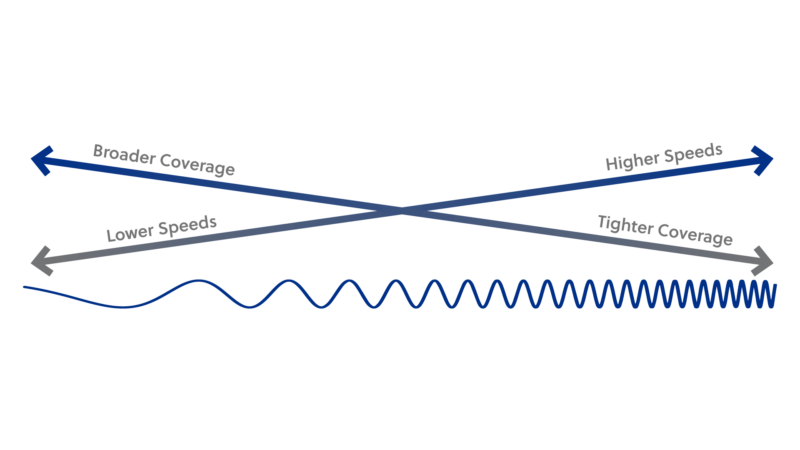5G delivers unprecedented speed and capability up to 20x faster data rates, 10x lower latency, and 3x better spectral efficiency than LTE. But speed alone doesn’t guarantee reliable connectivity.
Even with 5G’s transformative potential, real-world deployment faces significant challenges: coverage gaps, building penetration issues, and network congestion. That’s why the future isn’t about choosing 5G or other technologies – it’s about intelligently blending them all.



